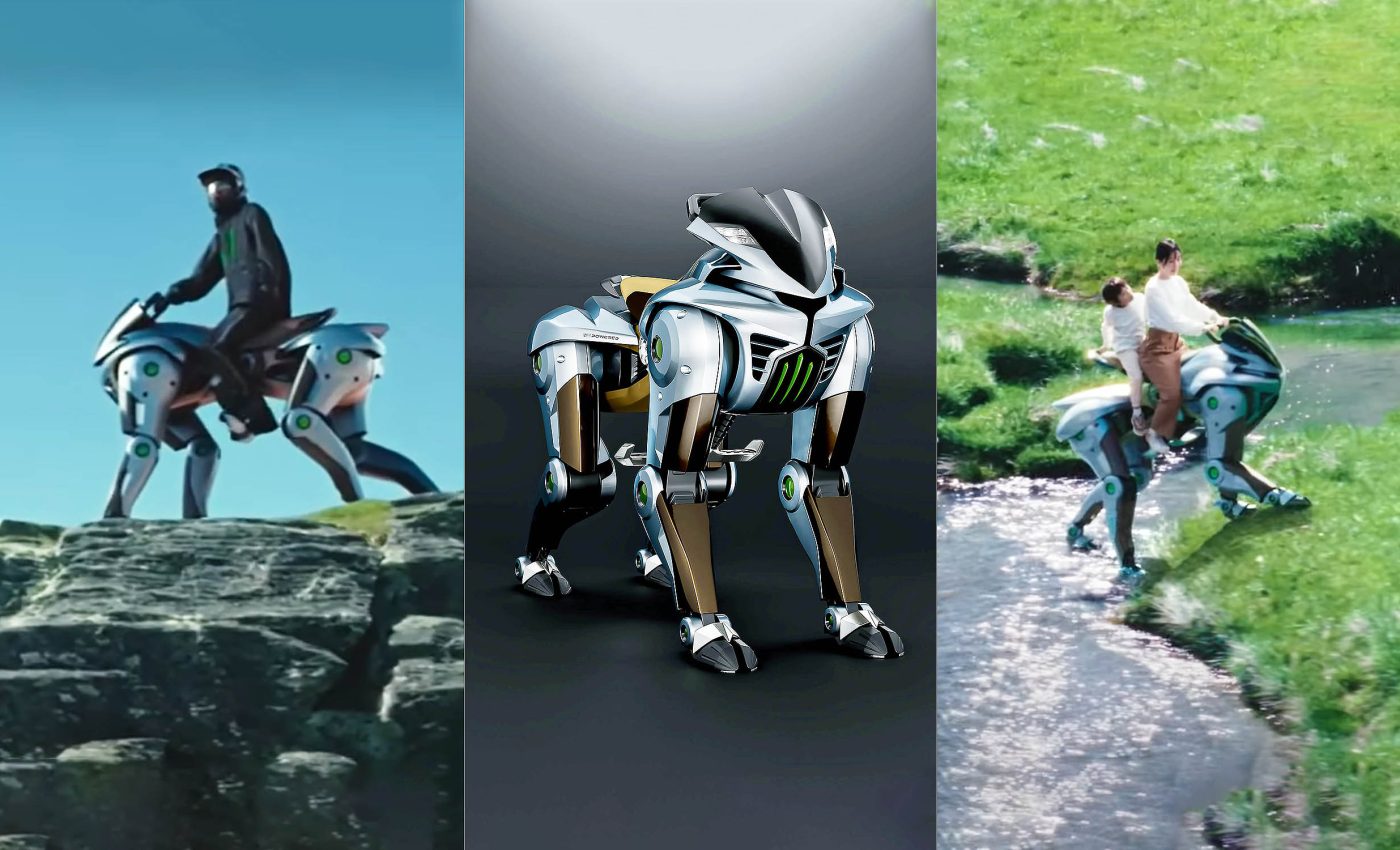
Kawasaki unveils a robotic horse that gallops using hydrogen fuel and artificial intelligence
This is not your father’s Kawasaki. And it’s definitely not your great-grandfather’s horse. Kawasaki recently previewed a mechanical, horse-like creature at the Osaka-Kansai Expo.
Known as CORLEO, it relies on a hydrogen engine to strut across tough terrain, offering a different view of Japan’s clean-energy goals.
Seen walking on four metal legs, this technological marvel sparked many questions about blending robotics with sustainable power.
Dr. Shinji Watanabe from Kawasaki’s Advanced Robotics Division noted that this concept is still in its infancy. The design pulls ideas from video games, mixing the look of a panther with the carriage of a military stallion.
CORLEO rides on AI and hydrogen
CORLEO’s 150 cubic-centimeter engine runs on hydrogen, which produces only water as its byproduct. That detail lines up with growing national interest in lowering carbon emissions through next-generation energy.
“The vehicle is beginner-friendly,” Kawasaki claims. His statement hints at a vehicle that moves according to body shifts instead of complicated controls.
Weight-based steering is meant to feel closer to horseback riding than operating a typical motorcycle.
Four legs make CORLEO different
Unlike typical motorcycles, this machine doesn’t rely on two wheels or treads. Its four-limbed frame steps one foot at a time, guided by an artificial intelligence system that adapts to dips and rises in the path.
The motion is reminiscent of large animals, though Kawasaki’s approach tries to merge mechanical precision with a natural gait. Bifurcated hooves with rubber pads help it tackle bumpy roads and even rocky hills.
Concept vs. real-world use
At the expo, CORLEO mostly showed off its ability to stand and shift positions. The promise of galloping at high speed is still far off.
The timeline for any large-scale production is unclear, though Kawasaki has said it hopes to see real-world use before 2050. The video teased at the event was computer-generated, so the actual leaps remain hypothetical.
Some watchers might think this concept is just for show. Yet it hints at more serious robotic efforts across Japan, including cargo carriers and rescue machines that benefit from walking mechanisms.
The capacity to navigate uneven terrain could be a game-changer in remote areas. A system that requires no heavy batteries and only outputs water may eventually help reduce pollution in pristine locations.
Kawasaki isn’t alone in dreaming up a rideable animal-like robot. XPeng from China introduced smaller quadrupeds styled as a unicorn and a pony, though their designs target younger riders.
For grown adults seeking a futuristic mount, hydrogen power brings more torque and range than many battery-based approaches. Still, the gap between entertaining concept and everyday transport is huge.
What’s next for CORLEO?
CORLEO might overshadow other projects in Kawasaki’s robotics division, but the company has a long history in industrial automation.
Its CL series robots handle demanding tasks like welding and heavy lifting in factories across the globe.
Balancing that practical side with a sleek consumer-facing creation is part of a broader trend. Machines that look more animal than robot might appear in theme parks, tourism, or even specialized military roles someday.

CORLEO stands as a bold demonstration of what hydrogen-based designs might achieve if the core technology matures.
It could one day march through rocky trails and mountain paths with no carbon footprint, though for now, it remains an ambitious prototype.
Hydrogen combined with AI
Japan has poured resources into fueling stations, aiming to power buses and trucks with cleaner energy. Some experts see hydrogen adoption as a way to stabilize electricity demand, although high production costs remain a sticking point.
Commercial success hinges on robust infrastructure and accessible refueling sites. Without enough stations, even the best hydrogen engine could stall in terms of widespread acceptance.
Many robotics labs incorporate advanced algorithms to help machines plan routes and respond to sudden shifts in their environment. CORLEO’s system may follow the same path, using sensors to adjust each footfall in real time.
That kind of intelligence allows the machine to assess whether a slope is safe or if it should slow down. It might also enable future versions to detect obstacles like fallen branches or ditches before taking a step.
Challenges on the horizon
Hydrogen storage involves high pressures or super-cold temperatures, which can raise costs and complexity for consumer vehicles.
AI-driven controls also demand significant processing power, pushing companies to refine hardware that can handle heavy computation without draining too much energy.
There is also the issue of public perception. A mechanical horse may intrigue some, but others may find it too futuristic to trust on busy roads or remote trails. It marks a bold early milestone in hydrogen-driven innovation.
Click here to watch a video of CORLEO in action…
—–
Like what you read? Subscribe to our newsletter for engaging articles, exclusive content, and the latest updates.
Check us out on EarthSnap, a free app brought to you by Eric Ralls and Earth.com.
—–













